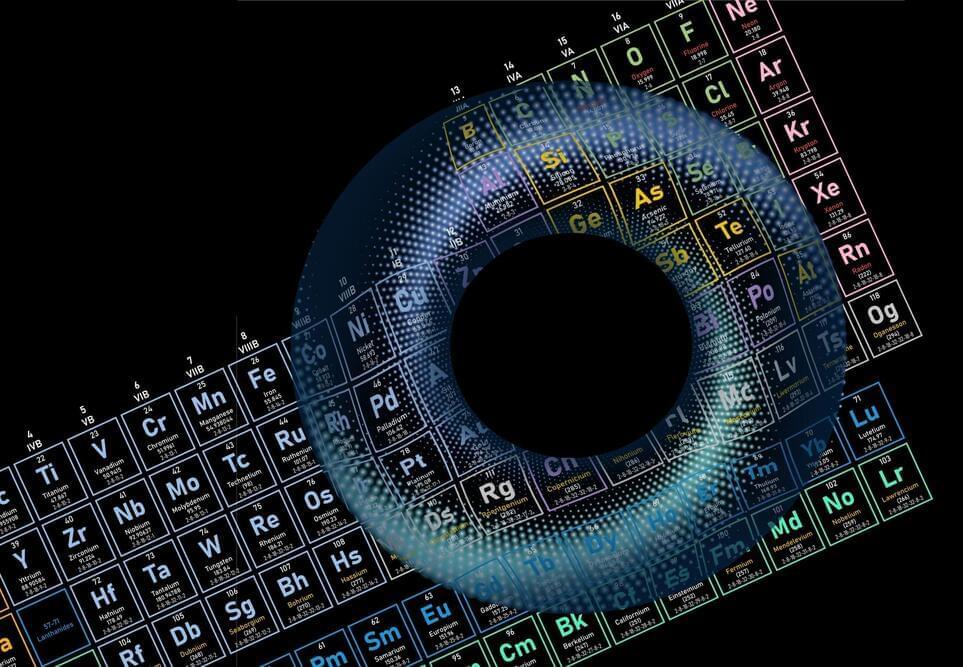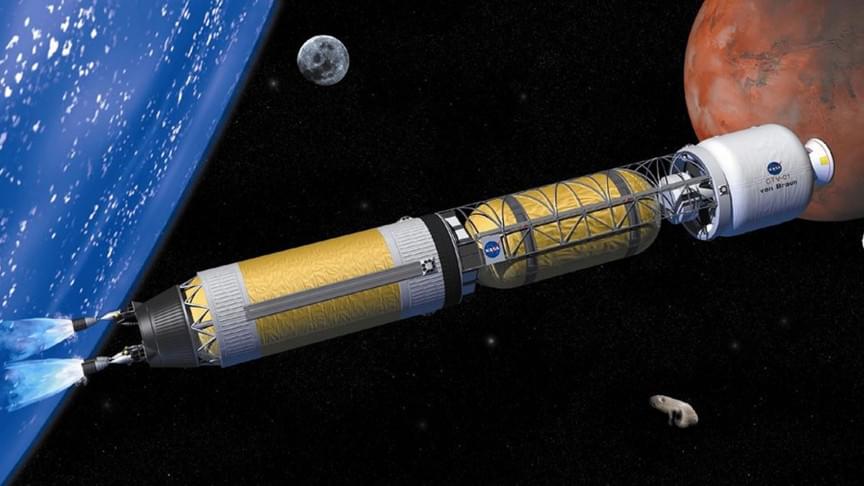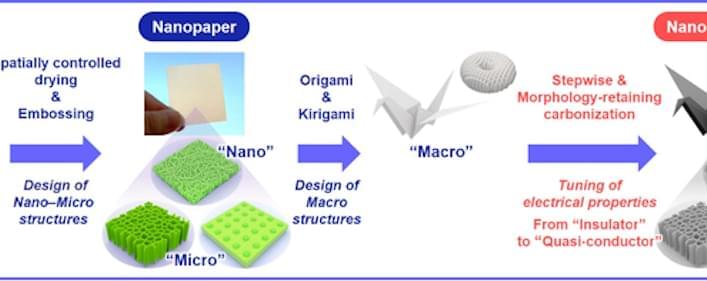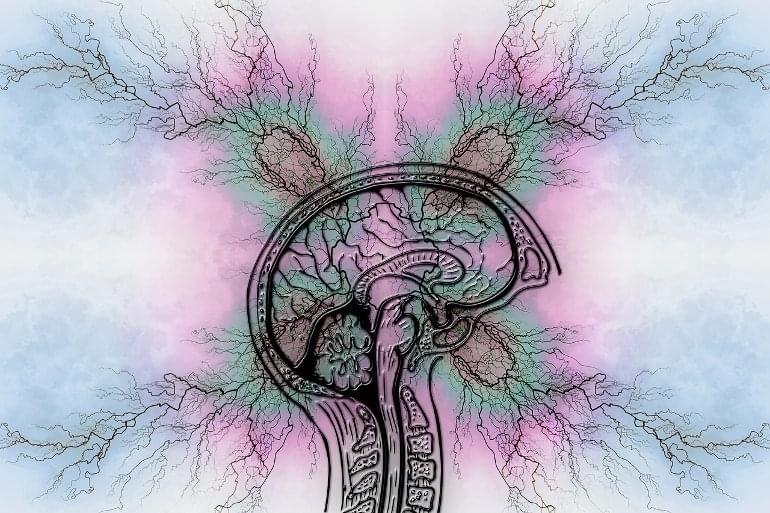T cells that attack apolipoprotein B, the main component of “bad” cholesterol, could be contributing to inflammation that worsens heart disease.


China christened a remarkable new 290-foot ship last week – the world’s first semi-autonomous drone carrier. It’ll carry, launch, recover and co-ordinate the actions of more than 50 other autonomous aerial, surface and underwater vehicles.
The Huangpu Wenchong Shipyard began construction on the Zhu Hai Yun last July in Guangzhou. According to the South China Morning Post, it’s the first carrier of its kind, a self-contained autonomous platform that will roll out with everything necessary to perform a fully integrated operation including drone aircraft, boats and submersibles.
China doesn’t expect it to navigate busy seaports by itself, like the Japanese autonomous container ship Suzaku we wrote about last week. Instead, the Zhu Hai Yun will run on remote control until it’s out in the open water, and then its self-driving systems will take over to execute whatever mission it’s running.

Searchable tool reveals more than 90,000 known materials with electronic properties that remain unperturbed in the face of disruption.
What will it take for our electronics to become smarter, faster, and more resilient? One idea is to build them out of topological materials.
Topology stems from a branch of mathematics that studies shapes that can be manipulated or deformed without losing certain essential properties. A donut is a common example: If it were made of rubber, a donut could be twisted and squeezed into a completely new shape, such as a coffee mug, while retaining a key trait — namely, its center hole, which takes the form of the cup’s handle. The hole, in this case, is a topological trait, robust against certain deformations.

The United States’ reliance on China for rare earth elements could soon come to an end, thanks to a new process that pulls the valuable metals from the ash left over when we burn coal.
Why it matters: The 17 rare earth elements aren’t actually rare — they’re all more common than gold, and one is more abundant than copper. But getting our hands on them is difficult because they’re widely dispersed in Earth’s crust and hard to extract through mining.
That’s a problem because we need rare earth elements to make a lot of products, from smartphones and satellites to electric cars and wind turbines.


According to the team, the new semiconducting cellulose nanopaper (CNP) can be tailored for a variety of applications. The paper itself can be shaped into different designs and the material’s electrical conduction properties can be tuned from 1012 to 10–2 Ω cm – values that exceed those of previously-reported 3D semiconducting materials – by changing the concentration of charge carriers (electrons and holes) in it. This means it is suitable for use in many devices, from water vapour sensors to electrodes in enzymatic biofuel cells.

Cell-Based Dairy Bio-Products For Health & Nutrition — Dr. Aletta Schnitzler, Ph.D. — CSO — Turtletree Labs
Dr. Aletta Schnitzler, PhD. is the Chief Scientific Officer at TurtleTree Labs (https://turtletree.com/) where she leads the R&D teams and spearheads an innovation roadmap to bring nutritious cell-based dairy and meat alternatives to market.
TurtleTree is a biotech company dedicated to producing a new generation of nutrition—one that’s better for the planet, better for the animals, and better for people everywhere. Utilizing its proprietary, cell-based technology, the company is creating “better-for-you” milk ingredients sustainably and affordably, with benefits that extend beyond the dining table and into the heart of humanity.
Previous to joining TurtleTree, Dr. Schnitzler co-founded Merck KGaA’s Cultured Meat Innovation program and directed technology development to advance platforms enabling rapid development, validation and manufacture of cell-based meat products. Focus areas included formulating cost-effective cell culture media, understanding cell line requirements, and envisioning new process templates for biomass generation and structured products.
Additionally, Dr. Schnitzler was Head of Cell Therapy Bioprocess R&D at MilliporeSigma, honing expertise in media optimization and single-use bioreactor systems for use in a complex regulatory environment. She also held technical and marketing roles supporting small-scale chromatography devices and cell culture products for monoclonal antibody production.
